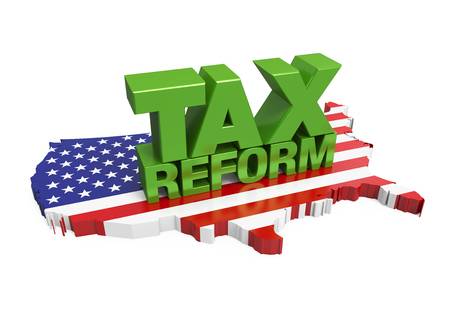R&D Tax Credit News

TCJA Dec 2017
April 4, 2018
Tax Cuts and Jobs Act, H.R. 1
December 22, 2017
Summary of the Impact of Tax Reform on the Research Credit:
- Section 280C benefit increased
- Due to the corporate tax rate cut from 35% to 21%, the election to reduce the credit under Section 280C will result in claiming 79% of the credit instead of 65%
- Fiscal Year Taxpayer implications – because the rate decreased to 21% as of a specific date, rather than effective for a tax year, taxpayers with fiscal year ends vs. calendar year end will use a blended rate for the first year during 2018. The blended rate will be calculated by a ratio of number of days in 2017 and 2018.
- Effective Date – January 1, 2018
- Net Operating Loss Deduction Changes
- The new law provides that taxpayers can only offset 80% of their taxable income (TI) with net operating loss carryforwards (NOL). Therefore, taxpayers with NOLs may now benefit currently from the credit since they will be subject to tax on 20% of their TI.
- Effective Date – Tax years beginning after December 31, 2017
- Loss carryback provisions have been repealed, however, loss carryforwards can now be carried forward indefinitely, effective for tax years ending after December 31, 2017
- Required Amortization for Research Expenses
- The new law requires taxpayers to capitalize and amortize Section 174 (R&D) expenditures over 5 years, beginning with the midpoint of the taxable year the expenditure is incurred. Non-US expenditures will be amortized over 15 years.
- Software development costs will also be treated as 174 expenditures and will therefore fall under the same amortization requirements.
- Effective Date – tax years beginning after December 31, 2021
- AMT – repealed for Corporate taxpayers
- Individuals still subject to AMT
- New law temporarily increases the AMT exemption amount and the phase-out thresholds (MFJ exemption is $109, 000, phase-out is $1 M)
- Taxpayers with less than $50 M average receipts will still benefit from Path Act
- Effective Date – Tax years beginning after December 31, 2017. The increased exemption amounts and phase-out thresholds are scheduled to sunset after December 31, 2025.
- Base Erosion Anti-Abuse Tax (BEAT)
- The research credit can be used to offset this new tax
- BEAT applies to taxpayers with gross receipts greater than $500 M. It is essentially a minimum tax on base erosion payments to foreign-related parties.
- Effective Date – Tax years beginning on or after December 31, 2017
Featured Projects





